
Yesterday, 21 October, was the anniversary of one of the most important battles in naval history. The British and the Franco-Spanish squadrons clashed, resulting in a British victory. At the end of the battle, the ships that remained afloat suffered the arrival of a great easterly gale that caused many of them to end up sinking or stranded on the Spanish coast.
They set course for Gibraltar and on arrival a place was sought to bury the dead who had not drowned when they fell overboard.
The site chosen was just outside the old town. Trafalgar Cemetery.
Ayer, 21 de Octubre, fue la efeméride de una de las batallas más importantes de la historia naval. Se enfrentaron la escuadra británica y la franco-española con el resultado de la victoria inglesa. Al terminar la batalla los navíos que aguantaron a flote sufrieron la llegada de un gran temporal de viento de levante que hizo que muchos terminaran por hundirse o varados en las costas españolas.
Pusieron rumbo a Gibraltar y a su llegada se buscó un lugar para enterrar los muertos que no se habían ahogado al caer por la borda del navío.
El lugar elegido fue justo a las afueras de la ciudad vieja. EL Cementerio de Trafalgar.


Spain was not in the best of conditions with Napoleon's troops as forced allies with a covert invasion and recently at war with England due to the sinking of the frigate "Nuestra Señora de las Mercedes" being at peace at the time, plus the capture of the rest of the squadron on their way to Cadiz with Civilians on board.
España no estaba en sus mejores condiciones con las tropas napoleónicas como aliados forzados con una invasión encubierta y recién metida en guerra con Inglaterra por el hundimiento de la fragata "Nuestra Señora de las Mercedes" estando en paz en ese momento, más la captura del resto de la escuadra cuando se dirigían a Cádiz con Civiles a bordo.

The squadron commanded by Villeneuve and with inexperienced French ship captains due to the radical changes caused by the French revolution. On the Spanish side Gravina saw it as madness to leave the port of Cadiz when Nelson was waiting outside with spies in the city knowing full well the movements of the squadron.
La escuadra comandada por Villeneuve y con capitanes de navíos franceses sin experiencia por los cambios radicales causada por la revolución francesa. Por parte española Gravina veía una locura salir del puerto de Cádiz cuando Nelson esperaba fuera con espías en la ciudad sabiendo perfectamente los movimientos de la escuadra.
Nelson was a great and expert sailor with many victories and also great defeats such as the one he suffered on the island of Tenerife a few years earlier, for which he lost his left arm.
Nelson era un gran marino y experto con muchas victorias y también grandes derrotas como la que sufrió en la isla de Tenerife unos años antes por lo que perdió su brazo izquierdo.


But this time, off Cape Trafalgar and with the wind in his favour, he was able to take the victory. When Villeneuve saw the English squadron in two parallel lines, he ordered a turn around, which caused the line of battle to be disrupted, leaving many ships out of the battle. Those in the centre were able to fight against five English ships at the same time.
Pero esta vez, frente al Cabo de Trafalgar y con el viento a su favor pudo llevarse la victoria. Villeneuve al ver la escuadra inglesa en dos filas paralelas mandó dar la vuelta produciéndose un desbarajuste de la línea de batalla quedando muchos buques fuera de batalla. Los que estaban en el centro llegaron a luchar contra cinco navíos ingleses a la vez.


Unfortunately a rifle shot went through Nelson's spine, killing him.
Por desgracia un disparo de fusil atravesó la columna vertebral de Nelson provocándole la muerte.
It is not clear how many sailors died on that day and later days from wounds inflicted. The casualties to the Franco-Spanish squadron were enormous due to the storm, which sank ships that were barely afloat. Some were stranded more than 75 miles from the site of the battle, carried by the wind.
No está claro cuantos marinos murieron en ese día y los posteriores por las heridas causadas. Las bajas de la escuadra Franco-española fue enorme por el temporal que llegó a hundir los buques que apenas se mantenían a flote. Algunos quedaron varados a más de 75 millas del lugar de la batalla llevados por el viento.


The cemetery is also a botanical garden full of tropical species from all over the world despite its small size and resting place of the Monarch butterfly.
El cementerio es también un jardín botánico lleno de especies tropicales y de todas partes del mundo a pesar del pequeño tamaño y lugar de descanso de la mariposa Monarca.




In addition to the casualties from the battle of Trafalgar there are also those from the battles of Algeciras or Malaga and the yellow fever epidemic.
Además de las bajas por la batalla de Trafalgar también están las de batallas de Algeciras o Málaga y de la epidemia de fiebre amarilla.




Otros posts sobre Gibraltar:
Other posts on Gibraltar:
Detalles españoles en Gibraltar
El agua en Gibraltar: Abastecimiento actual
Vestigios españoles en Gibraltar
Primeras industrias de Gibraltar
La "Regia Marina" contra Gibraltar
Gibraltar y el Duque de Edimburgo
Gibraltar. La primera ciudad de Europa vacunada
Camp Bay. La playa local de Gibraltar
Gibraltar vuelve a la normalidad
La evacuación de Gibraltar en la Segunda Guerra Mundial
La muerte del General Sikorski en Gibraltar
La línea defensiva con Gibraltar

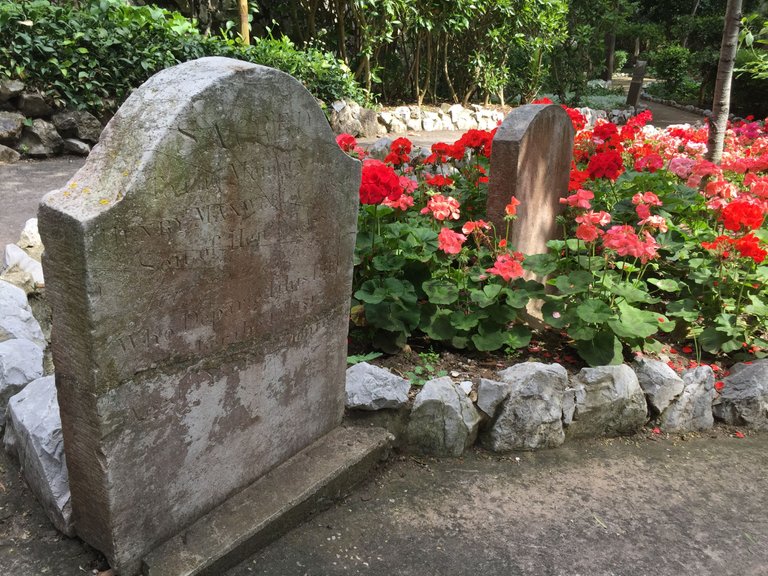
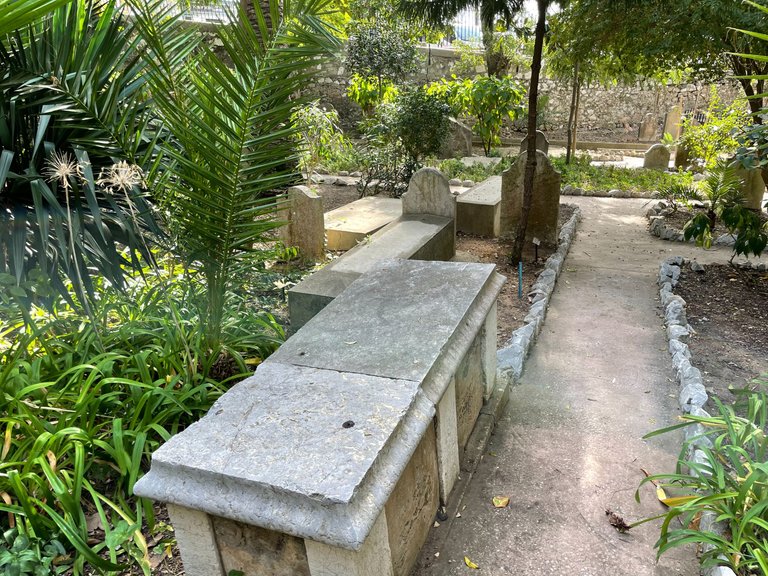
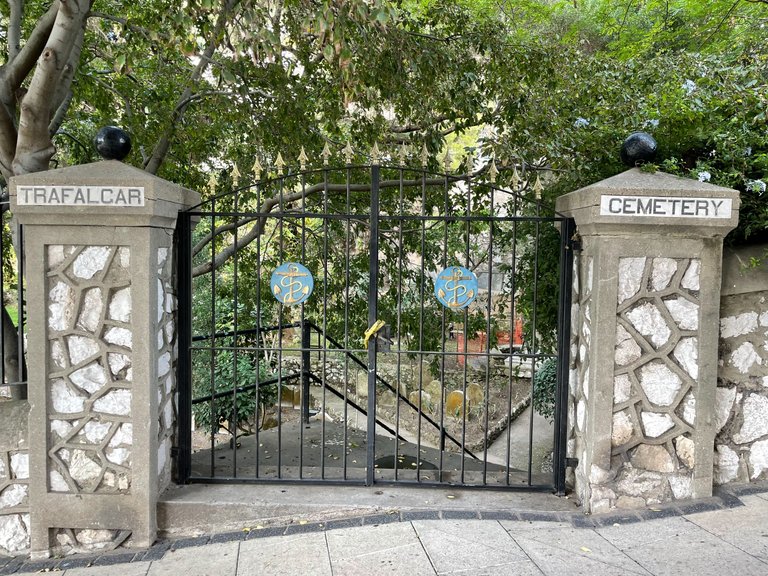
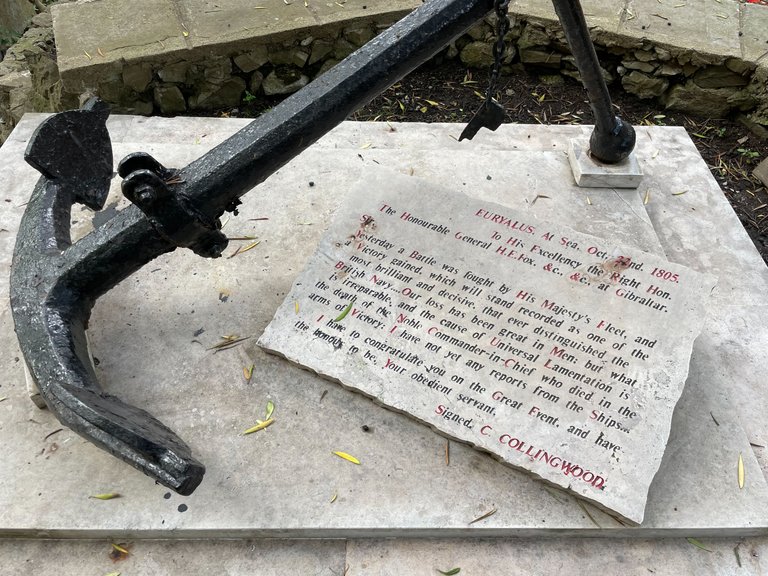
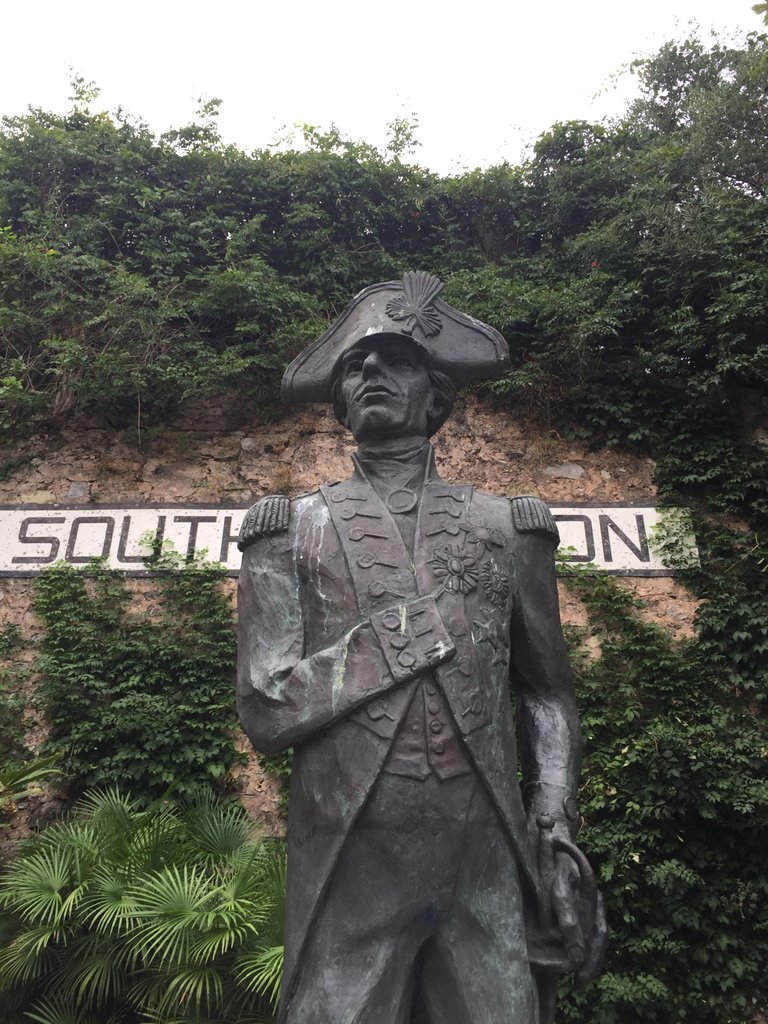
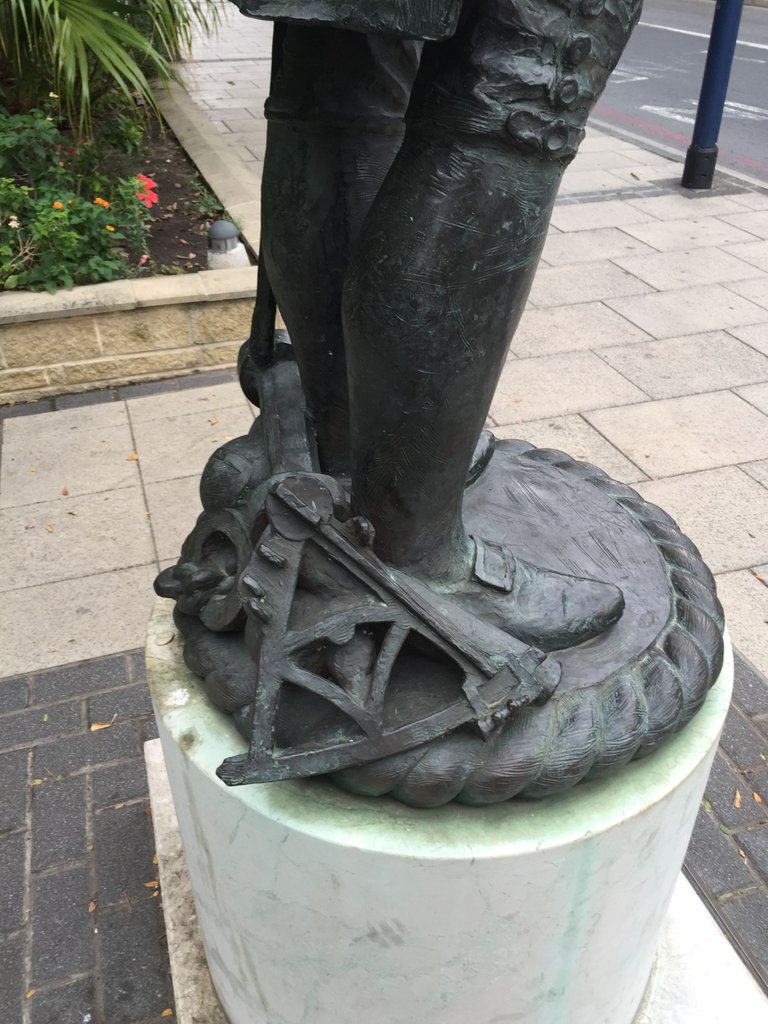
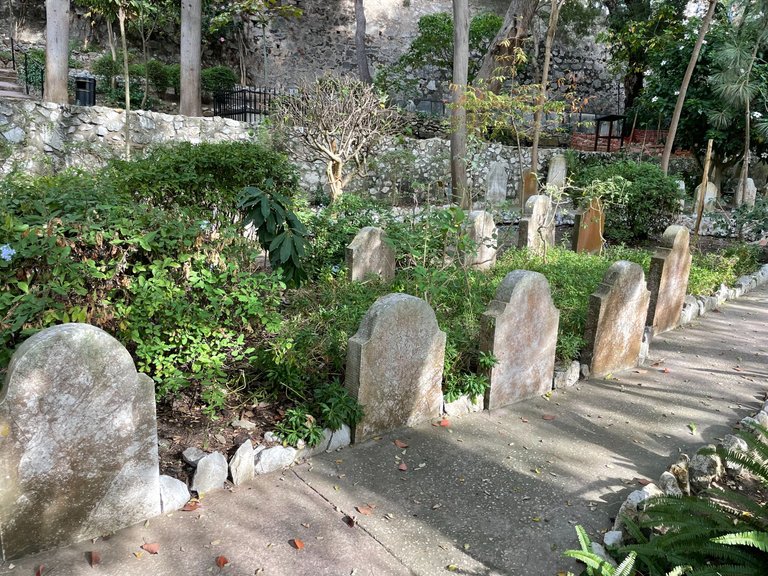
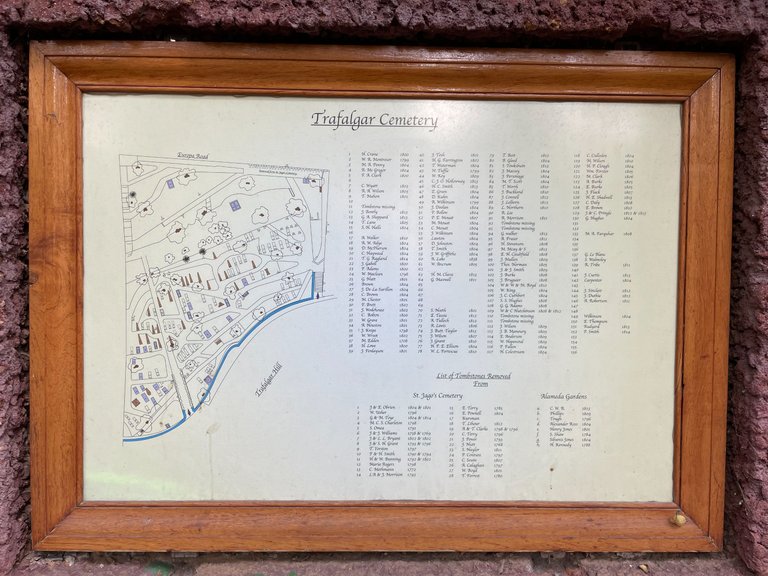
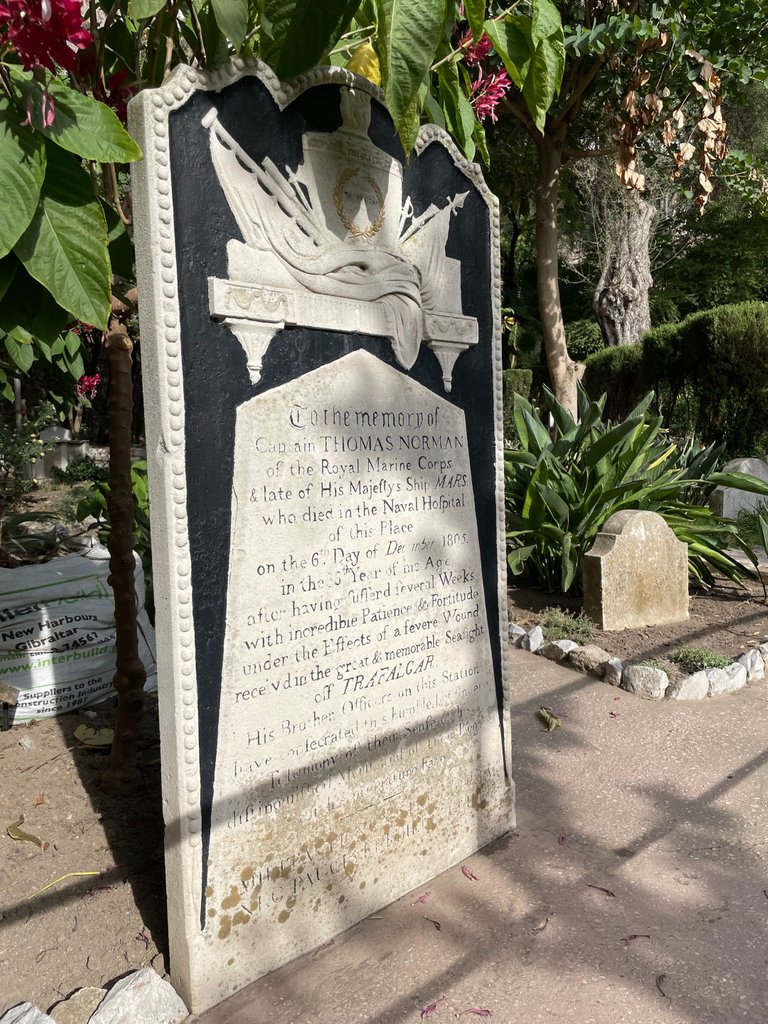
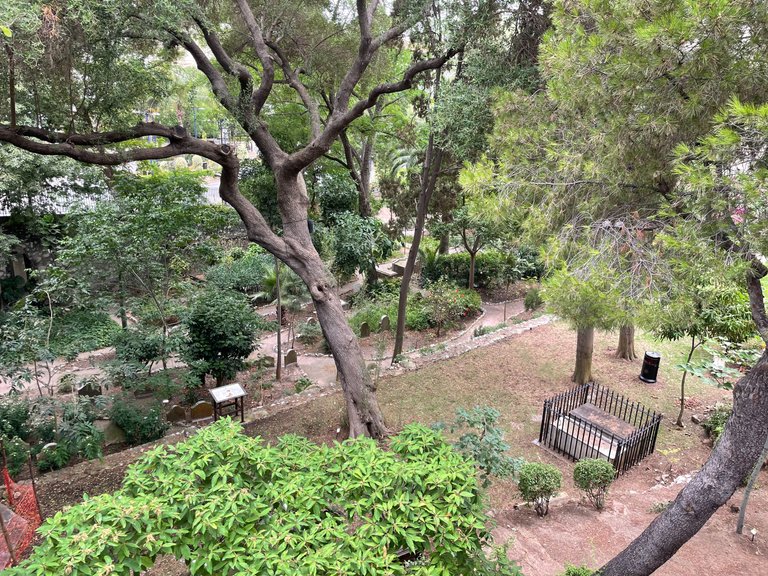
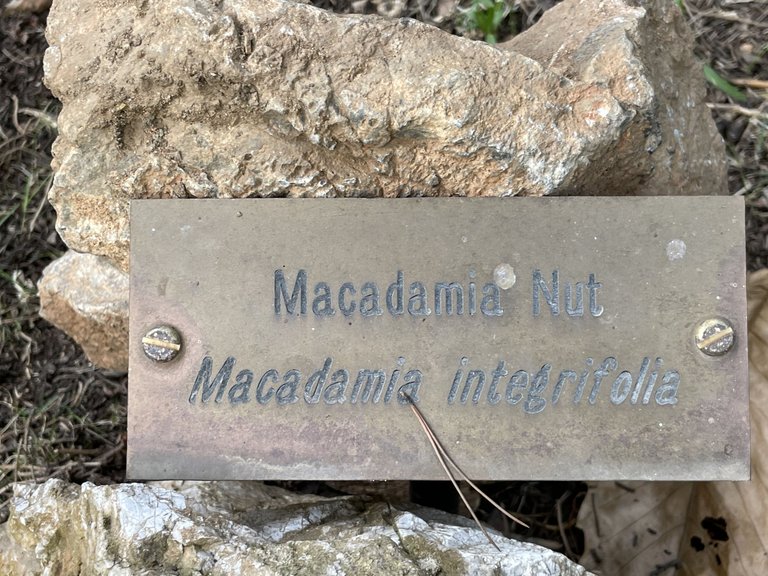


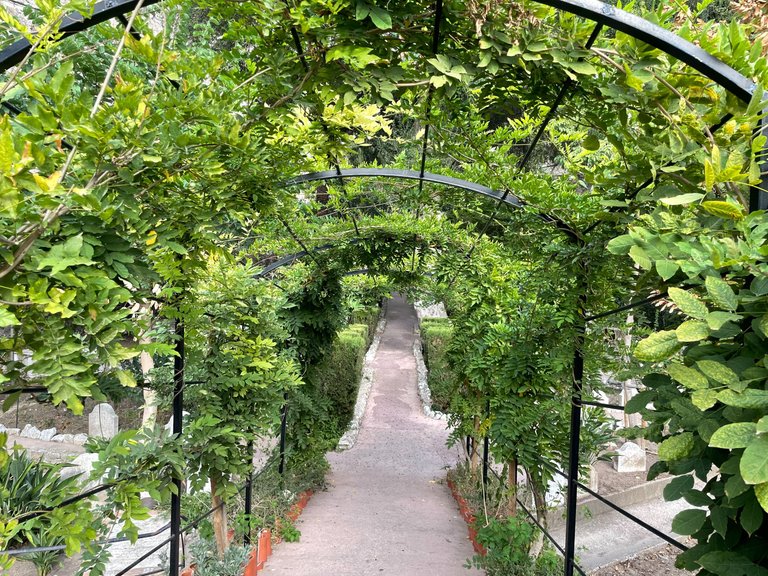
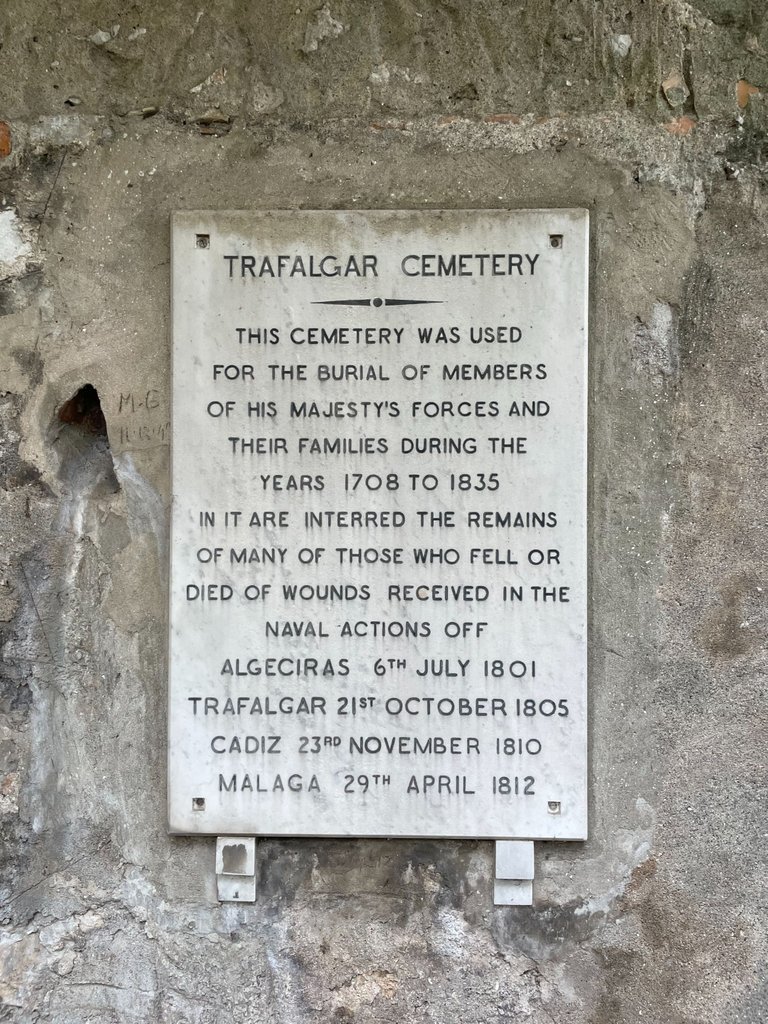
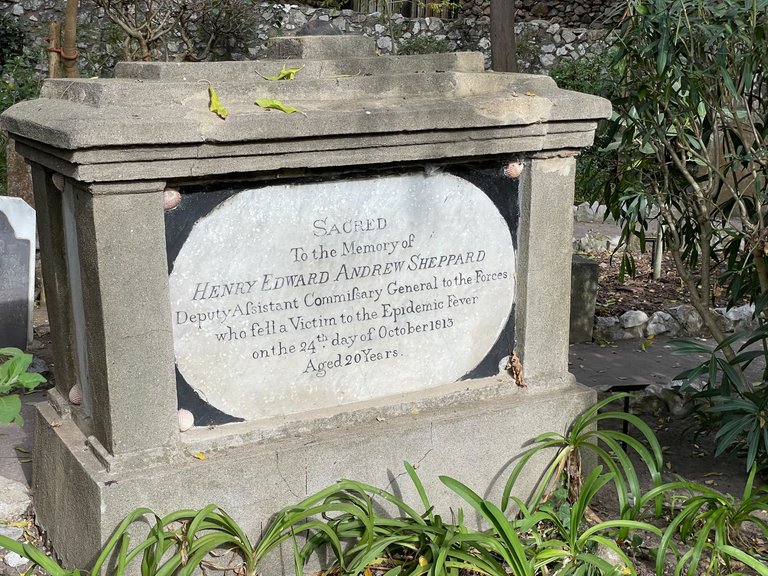
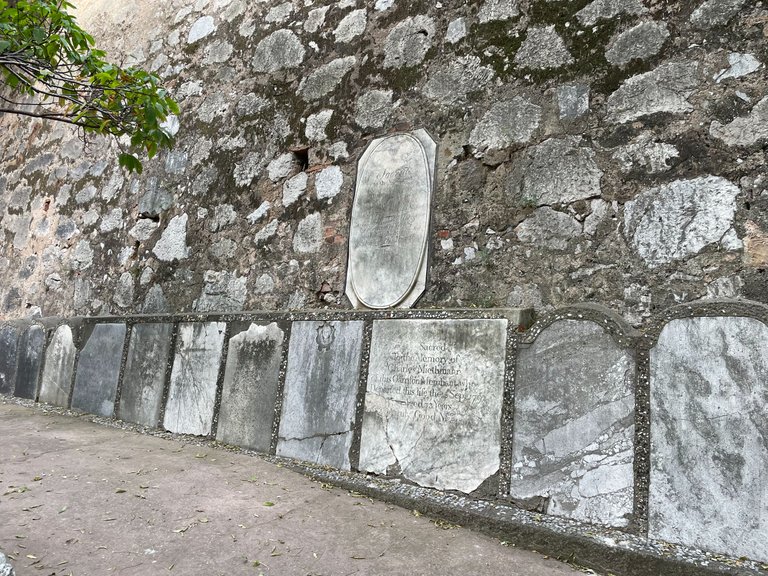

No sabía de la existencia de este cementerio. Muy interesante el post. Ciertamente la batalla de Trafalgar marco un hito en la historia naval y en la historia europea.
El cementerio de trafalgar es uno de los lugares más visitados de la colonia británica. Gracias por su comentario y un saludo @nenio
Trafalgar Cemetery is one of the most visited places in the British colony. Thank you for your comment and best regards @nenio